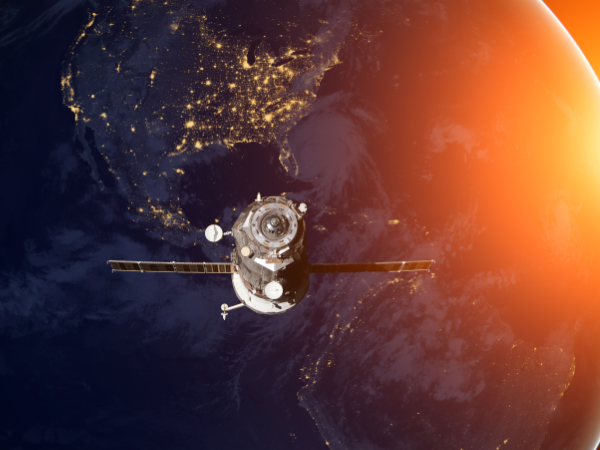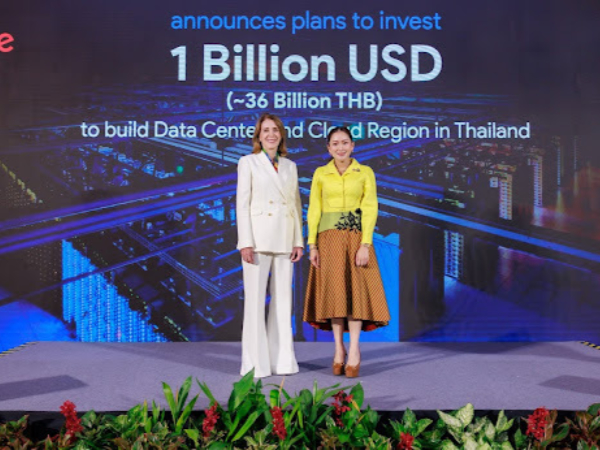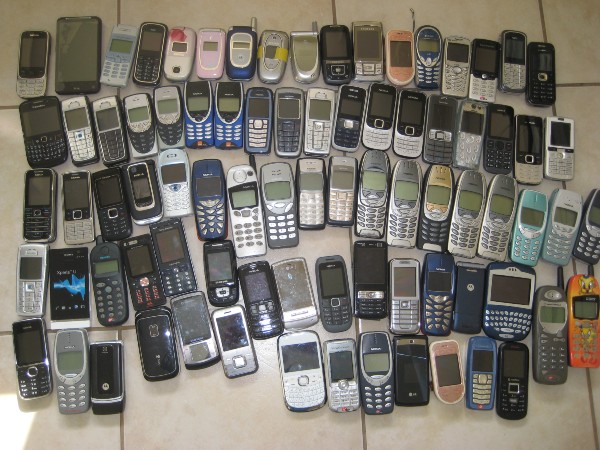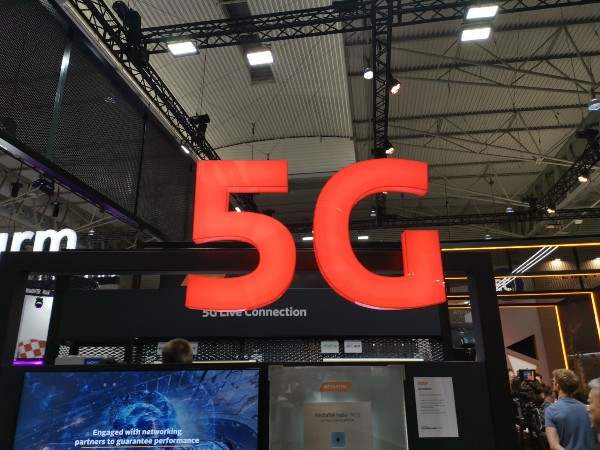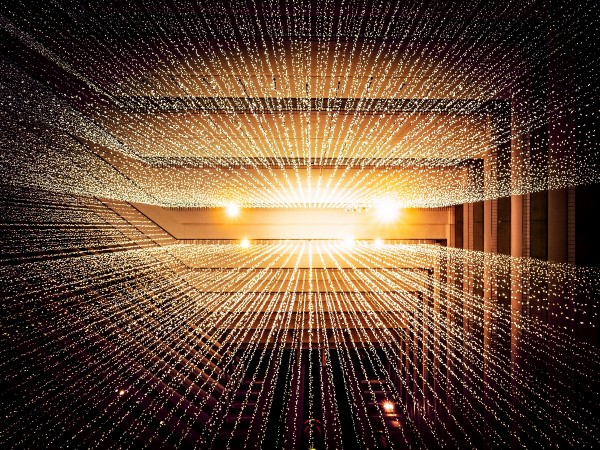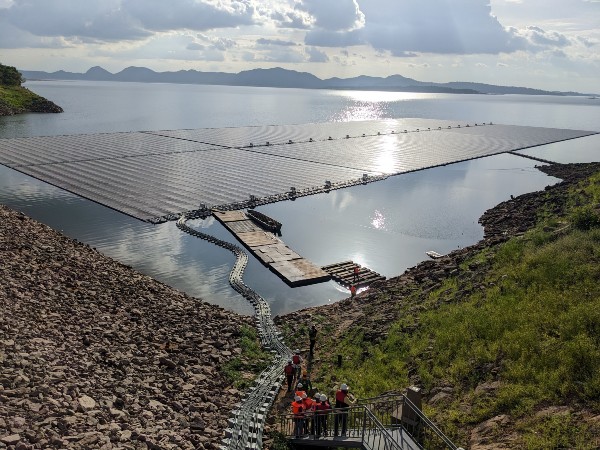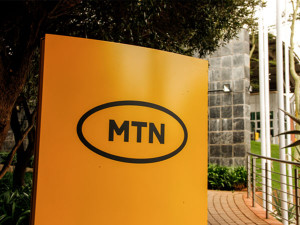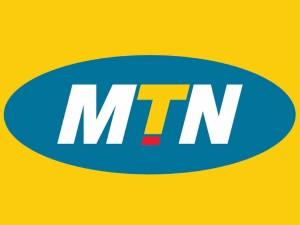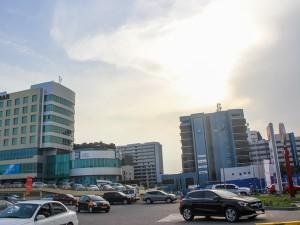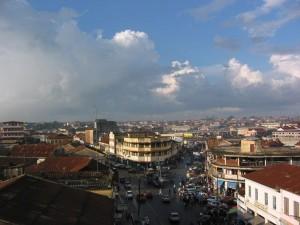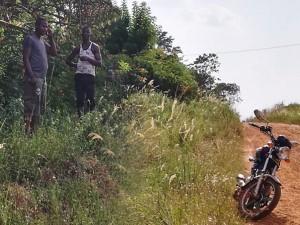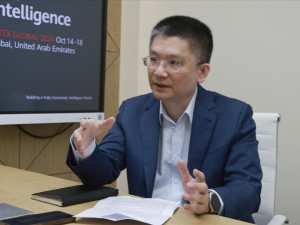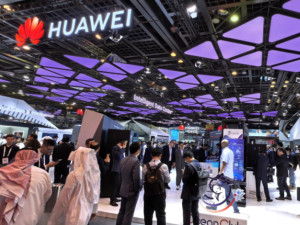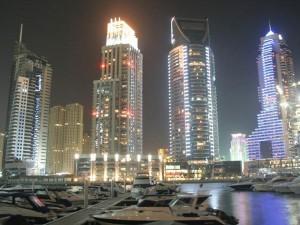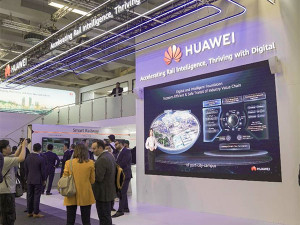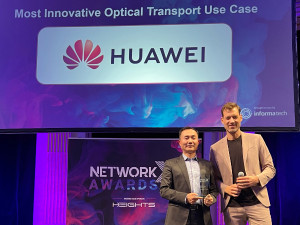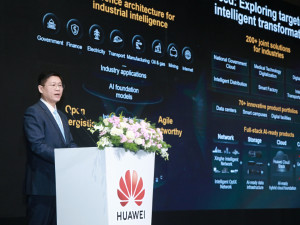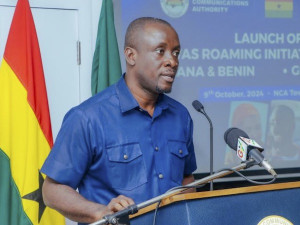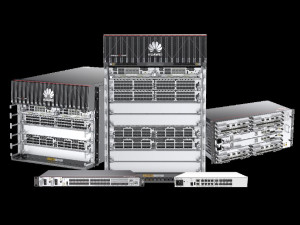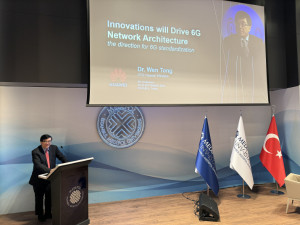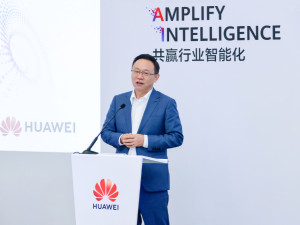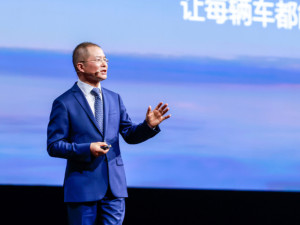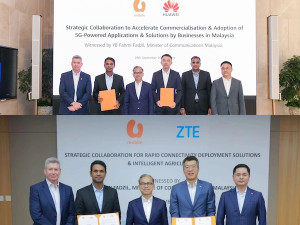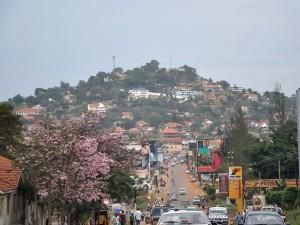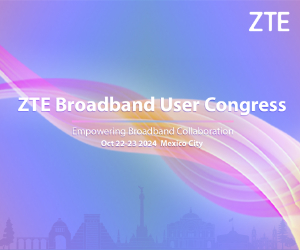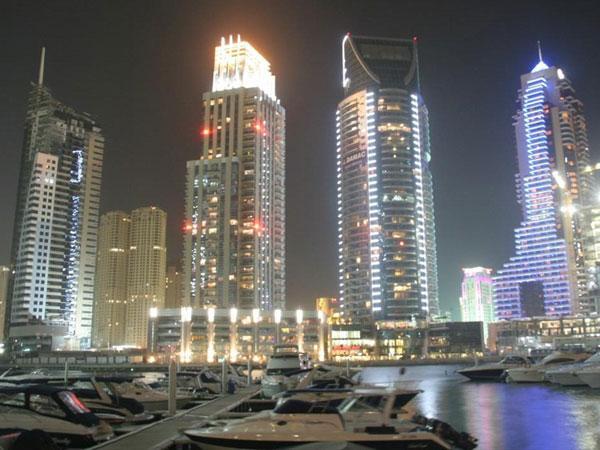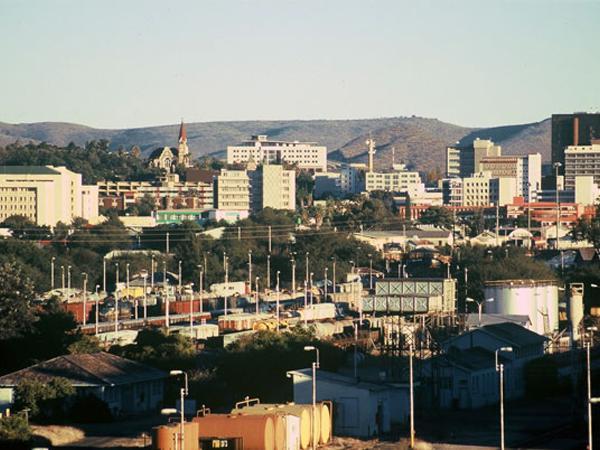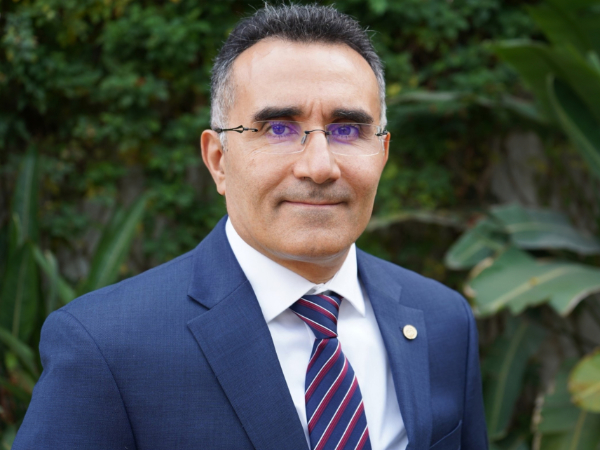Those of us in the telecoms industry have sat through the same keynote speeches, listening to the same messages year after year on how enhanced connectivity will be the core to a brighter future for mankind.
We know about driverless cars, seamless online gaming, VR and AR, factory robots and autonomous mining et al. But developing countries are unfortunately not at this level yet, with many, particularly in sub-Saharan Africa, consistently struggling to provide affordable basic amenities.
Energy supply is constantly in the news in African nations as load shedding - the practice of scheduled blackouts to prevent national grids from crashing - is commonplace to prevent national grids from being overwhelmed.
We are focusing on electricity in this piece as Developing Telecoms had the unique opportunity to tour Ghana’s second-largest hydroelectric dam, the Bui Dam, to see first-hand how the installation of an eLTE network supplied by Huawei can boost productivity.
The Bui Dam (pictured, below) was constructed on the artificial Black Volta River, which stretches across Ghana, Mali, Burkina Faso and the Ivory Coast.
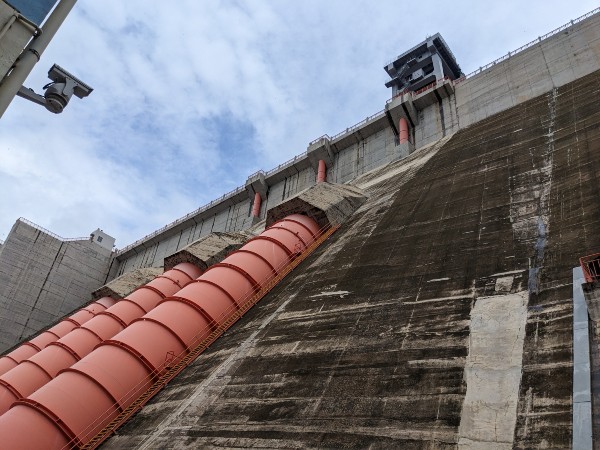
Ghana is seen as one of the most stable sub-Saharan African countries with a high availability of electricity for its population. According to the World Bank, 86.3% of Ghana’s 33 million people have access to electricity, behind only South Africa which boasted a rate of 89.3% in 2021.
Ghana experienced first-hand how the lack of a constant supply of energy can be devastating. Businesses were forced to shutter for good due to the Ghanaian economy losing up to US$3 billion due to its energy crisis, known locally as Dumsor, which occurred between 2013 and 2016. Rolling blackouts that extended nearly 24 hours were common then as Ghana’s economy was growing and the government struggled to cope with rising demand.
The West African country continues to wrestle with load shedding. Even sub-Saharan Africa’s most developed nation, South Africa, can experience blackouts for over 16 hours, and this has only worsened since 2020.
Building for a future
As Ghana continues to develop so too will its energy demand. To ‘simply’ build more infrastructure to produce power is not a blessing developing nations have; it’s difficult even for developed Western nations to do so in the current climate.
But Ghana has ambitions to power up every citizen. Speaking to media at a press conference in Accra last month, a representative of Ghana’s energy minister Matthew Prempeh stated: “we believe strongly that Ghana's economy will be largely driven or supported by the electricity sector,” which is why the government is aiming to have universal access to electricity by 2025.
Long-term goals lie in sustainability as Ghana aims to have 10% of its energy produced from renewable sources like solar farms and hydroelectric farms.
Ghana is pushing to upgrade its infrastructure with connectivity to increase output. The government and the Bui Power Authority, operators of the Bui Dam, penned a deal with Huawei to equip the Bui Dam with its eLTE broadband network.
"As Ghana is striding towards achieving universal electricity access by 2025, it is important for us to unleash the transformational power of ICT in optimising the operations at power plants, increasing the efficiency of renewable energy use, and ensuring a stable and cost-effective electricity supply to many more households nationwide," said the minister’s delegate.
The eLTE network is able to penetrate thick concrete walls in the Bui Dam, enabling seamless video calls, voice and instant messaging between staff and the control room, as well as employees living within the Bui vicinity.
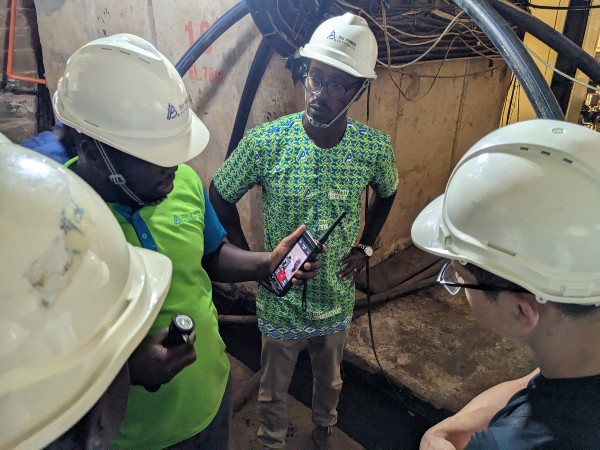
On our visit, we were taken down inside the dam, 78 metres below sea level, where an engineer made a HD video call to the control room (pictured above). The engineer explained he would be able to contact the right personnel and correct a problem, and carry out maintenance in mere minutes through a group video call – instead of having everyone make the massive descent to congregate.
This is the first time Huawei has equipped connectivity to a hydroelectric dam. A Huawei representative told Developing Telecoms the dam proved to be “one of the most difficult scenarios” for the vendor due to its sheer size - the Bui Dam measures 110 metres high and stretches across 500 metres. But it gave the vendor confidence and experience to apply connectivity to other challenging enterprise sectors. There was no mention of outfitting other Ghanaian utility sectors with connectivity solutions.
It will be interesting to see how Ghana progresses with its ambitious aim of universal electricity by 2025. Connectivity is a key tool for any sector to upgrade its operations and embrace full digital transformation. In the long term, it is the enterprising and spirited people of Ghana that will benefit from such an operation, one can only hope that this will be truly the case in the next two years.

